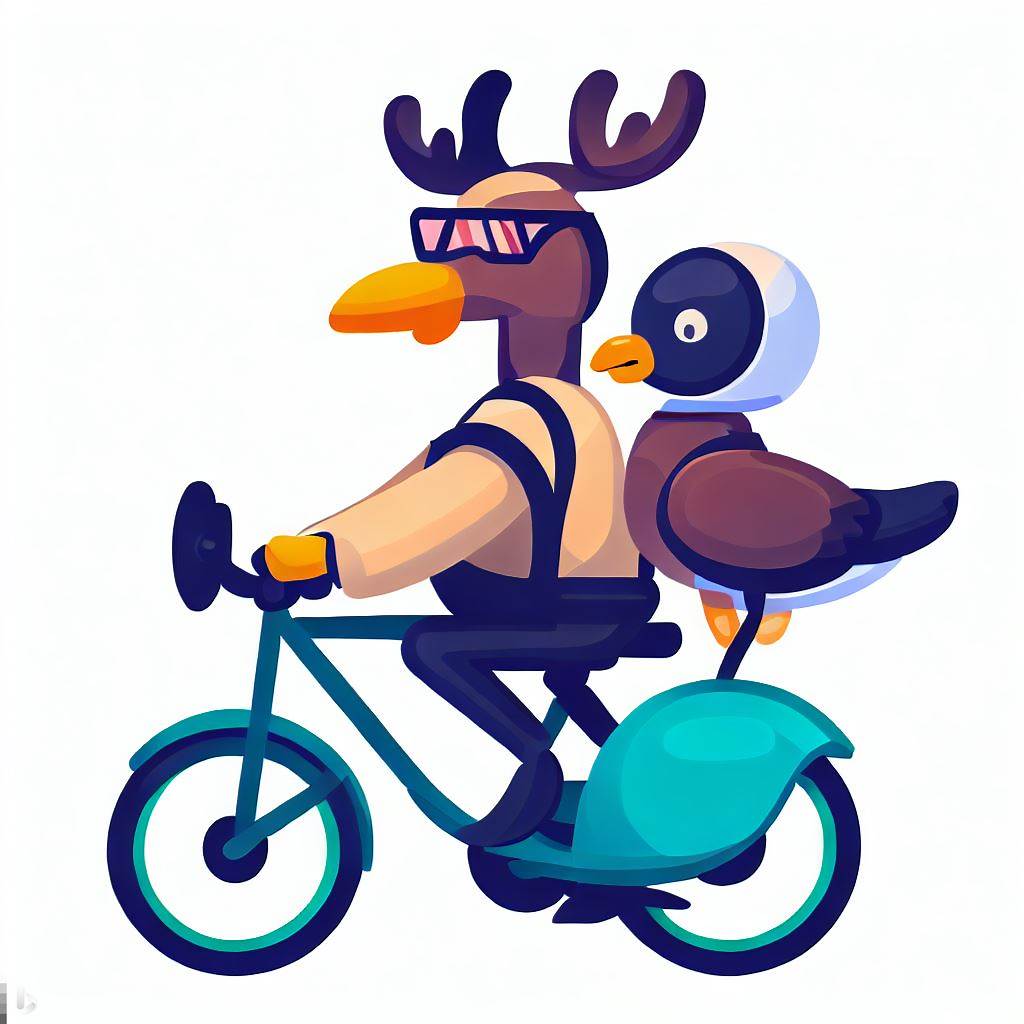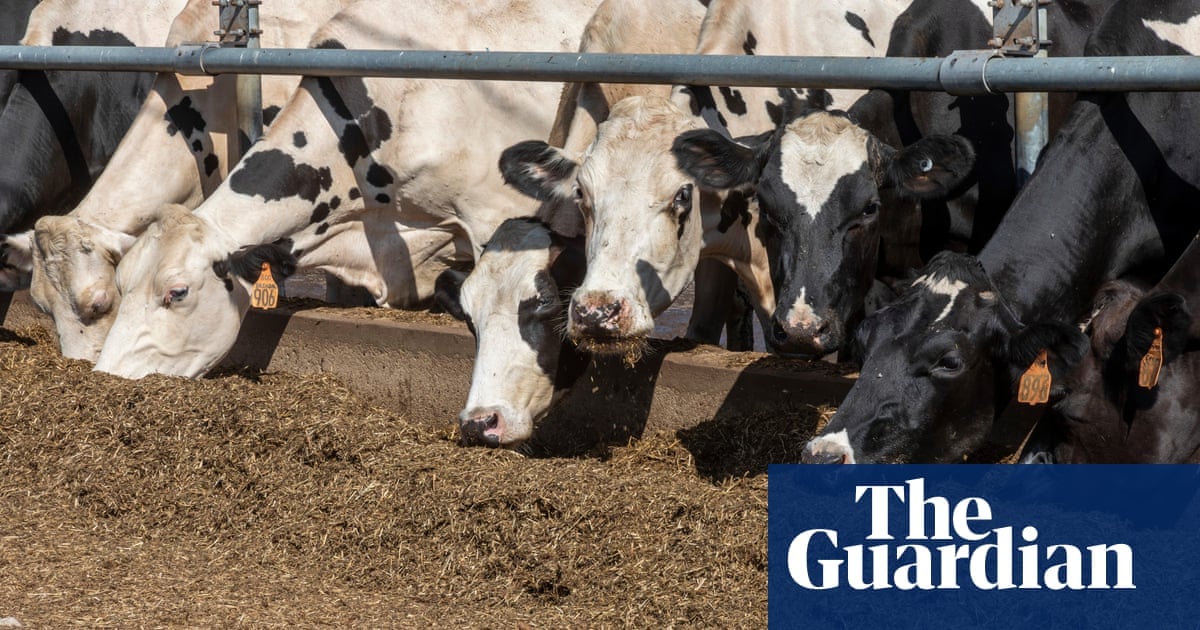- cross-posted to:
- health
- [email protected]
- cross-posted to:
- health
- [email protected]
Summary
A new H5N1 bird flu variant has become “endemic in cows,” with cases detected in Nevada and Arizona, raising concerns about human transmission.
Experts warn that without intervention, the outbreak will continue, but Trump has cut CDC staff and halted flu vaccination campaigns.
The virus’s spread coincides with a severe flu season, increasing the risk of mutation.
The administration has also stopped sharing flu data with the WHO and shifted its containment strategy away from culling infected poultry, raising fears of inadequate response.



It’s mostly corn.
Granted, it’s not processed in a way to be fit for human consumption.
But still, most of it is corn. Some of it is corn cobs and stalks but most of it is kernels.
Outside of that, other grains are very common. Oats for example.
So, they are right. Raising plants to feed animals so we can eat the animals is less efficient than raising plants for us to eat. Especially in regards to cattle. Which is one of the most inefficient things in the US food system. The only reason it’s so cheap is because of subsidation, both of the cattle and the corn that’s grown to feed them.
And countries much larger than our own survive on rice and beans just fine. As queerminest eluded to in her comment.
As far as local food, I have a co-op. So I buy local vegetables and fruits when I can.
if that were the situation, you might be right. but since we actually feed livestock mostly crop seconds and byproducts, it’s actually a conservation of resources in a lot of situations, with minimal competition with human food sources
https://www.sciencedirect.com/science/article/abs/pii/S2211912416300013
https://www.pnas.org/doi/abs/10.1073/pnas.1713820115
your shepon paper shows a great deal of spinach being fed to chickens. why would it be fed to chickens if it were suitable for human consumption? I don’t actually know, but my guess is that it is not suitable for human consumption, and that is why it is fed to chickens. that’s a conservation of resources. the potatoes fed to cattle are likely the same.
this paper doesn’t discuss this discrepancy at all. I have to say I don’t find the analysis very compelling.
you clipped this out of the abstract, but it’s highly relevant to what I’ve been saying: this is a byproduct of pressing soybeans for oil. if we didn’t feed it to livestock, it would be industrial waste.
When we look at the most common extraction method for soybean oil (using hexane solvents), soybean meal [feed to farm animals] is still the driver of demand
https://www.sciencedirect.com/science/article/abs/pii/S0926669017305010
This is even more true of other methods like expelling which is still somewhat commonly used
https://www.mdpi.com/2077-0472/9/5/87
Even other extraction methods being explored in research as well don’t have soybean oil as the main driver of demand
https://www.researchgate.net/profile/Jasreen-Sekhon/publication/330375817_Economic_Feasibility_of_Soybean_Oil_Production_by_Enzyme-Assisted_Aqueous_Extraction_Processing/links/5c49d531a6fdccd6b5c586b6/Economic-Feasibility-of-Soybean-Oil-Production-by-Enzyme-Assisted-Aqueous-Extraction-Processing.pdf
a soybean is only about 20% oil to begin with. that means that even using the numbers you have here, the oil is twice as valuable per pound compared to the rest of the bean.
do you have the full papers? I can’t really examine these claims from the links you provided.
beef cattle spend most of their life grazing.
Where they emit the most methane and still are given supplementary feed. There’s also not enough land to sustain a grazing only production system with the massive demand we have
https://iopscience.iop.org/article/10.1088/1748-9326/aad401/pdf
no one said they are exclusively grass fed, not that we should be doing that
it’s not mostly kernels. livestock are fed the entire plant, and the kernels are a slim minority of the weight.
Weight matters not even a little compared to the caloric content. If cows got more calories out of corn stalks than corn kernels, then they wouldn’t even finish growing the corn and would just feed them stalks. The fact you have to grow a corn stalk that weighs hundreds of times more than the kernels doesn’t mean the kernels aren’t what the farmers are after for livestock feed purposes. The stalk just gets tossed in for efficiency’s sake because the cows can also digest it.
you literally don’t know anything about feeding cows. just stop.
I don’t think so. they may get more calories from silage, but they prefer the kernels, which would help the feed go down easier.
You’re accusing me of not knowing how cows are fed when you’re inventing a world where farmers spend extra time growing crops to make it taste nicer to cows. Be real.
one of us is right.